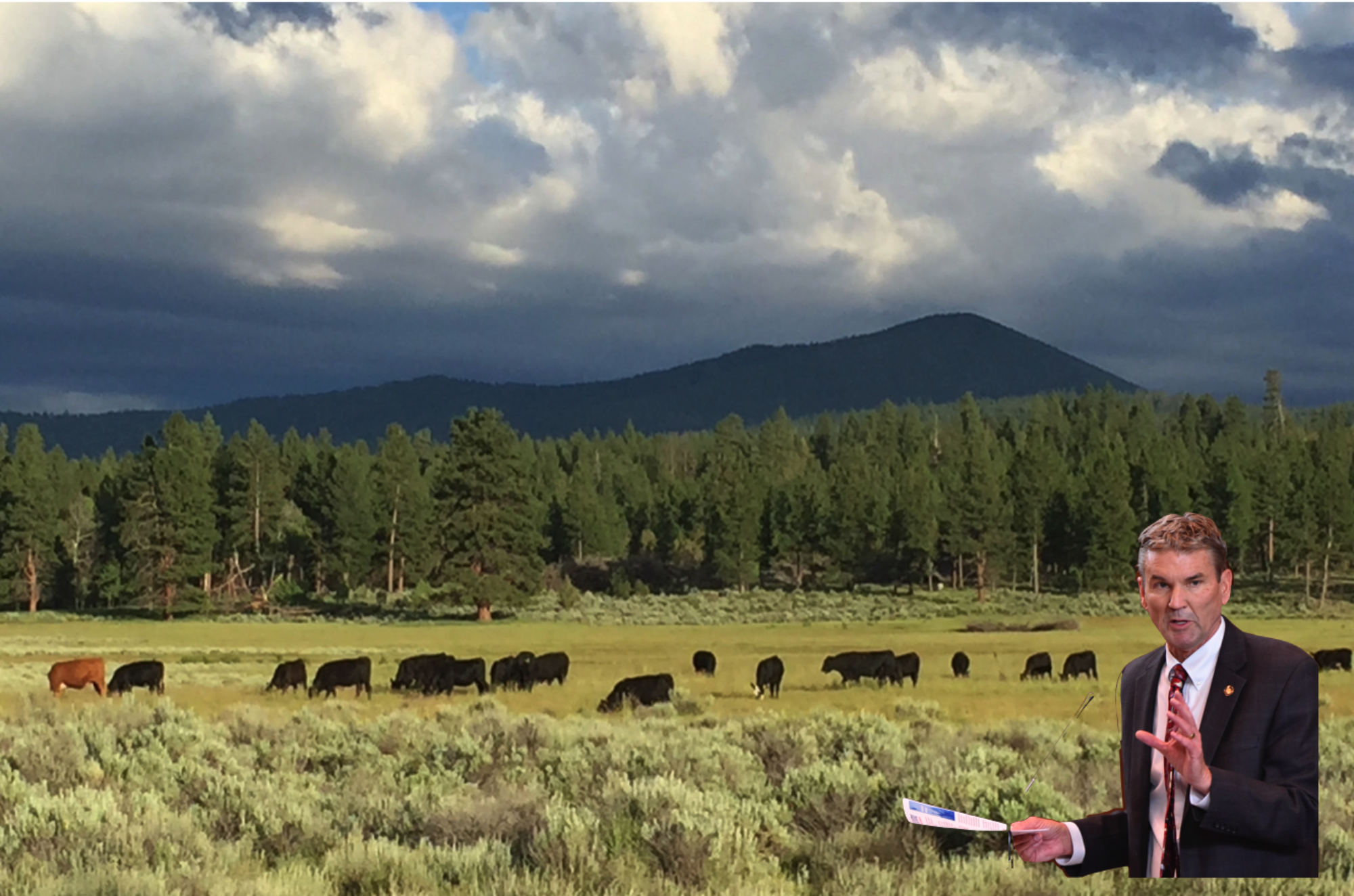Today’s article will be quick and I’ll point out some historical facts about the anti-Federalist position during the Founding Era.
First, the anti-Federalists are responsible for bringing to us, what is commonly know as, The Bill of Rights. These first ten amendments to the constitution are the most important features of the modern constitution because they document the limits of government and highlight our individual rights.
of government and highlight our individual rights.
The original constitution basically describes the machinery of the federal government. It gives details about how the various branches (legislative, judicial, and executive) were designed to mesh together. The original intent was to create a natural system of checks and balances that would balance power within a representative republic. It was necessary to cement cooperative power within strict boundaries because the founders feared our human tendency for fickleness and fervent passions. They sought a balance which would hinder, “[m]en of factious tempers, of local prejudices, or of sinister designs.”
The constitutional proposal was a well-designed, tension filled political structure that would, if used properly, bind and protect the interests of the “several free and independent states.” This new political arrangement would necessarily consider various perspectives before coming to any legislative decisions. The goal was to conform power within the narrow limits of defined responsibilities so that productive work could be accomplished. It was designed with opposition in mind, much like the opposing muscles that make the human arm so ingenious. Opposition in this sense is not bad, despite the modern, media-led rhetoric of a need to “work together.”
The anti-Federalists knew that there was an inherent weakness in this design. James Madison documented their fears in Federalist #47, “The accumulation of all powers, legislative, executive, and judiciary, in the same hands, whether of one, a few, or many, and whether hereditary, self-appointed, or elective, may justly be pronounced the very definition of tyranny.”
It was the anti-Federalists who realized that the smallest member of society, the single individual, was not well-represented. The machine was well-documented but the user manual neglected the smaller parts – the individual, their towns, counties and state governments which give the federal machine its true purpose. The founders designed a machine which would, “secur[e] the Blessings of Liberty to Ourselves and our Posterity.”
The anti-Federalists made that a reality. They refused to ratify the US Constitution in its native form and demanded the inclusion of a Bill of Rights.
In your mind, try to imagine how America would look today, if the Constitution had never been amended.
- What security would you have if you freely spoke your mind?
- Could you exercise your own conscientious decision-making without fear?
- Would you be able to defend yourself or your children from violence or harm?
- Would you be required to house troops, feed troops, give them whatever they demanded?
- If you tried to resist this plunderous activity would you have a firearm?
- Would you have any say in local governance?
- Would you have a say in any Self-Governance?
This last bullet caught me a little short.
Do you have any freedom for self-governance today? – Very little!
What little you do have belongs solely to the anti-Federalist movement during our nation’s founding. The anti-Federalists realized, like William Penn who lived a century before their era:
“I know what is said by the several admirers of monarchy, aristocracy and democracy, which are the rule of one, a few, and many, and are the three common ideas of government, when men discourse on the subject.
“But I chuse [sic.] to solve the controversy with this small distinction, and it belongs to all three: Any government is free to the people under it (whatever be the frame) where the laws rule, and the people are a party to those laws, and more than this is tyranny, oligarchy, or confusion.”
Charter Of Liberties And
Frame Of Government Of
The Province Of Pennsylvania In America — May 5, 1682
Next week some more details…
